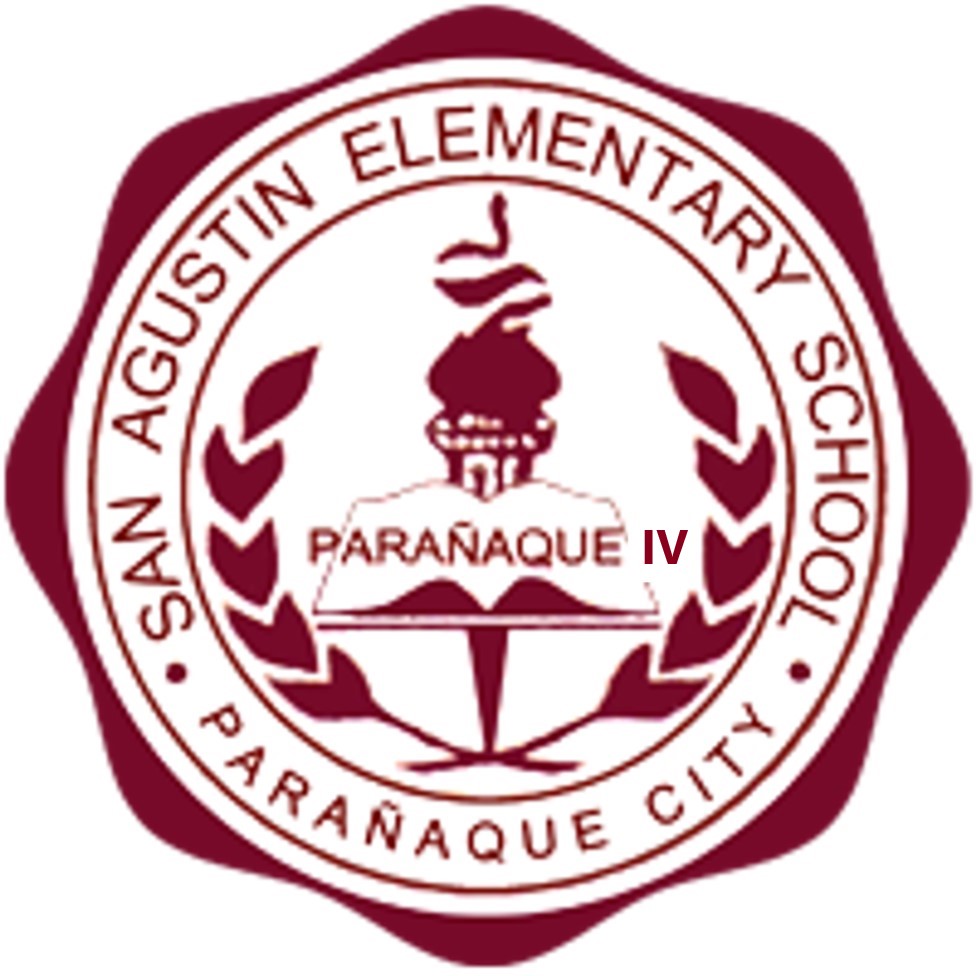MyOn Lexile Scorer Awardees May 2021
MyOn Lexile Scorer Awardees June 2021

In today’s 21st Century Education, reading remains to be the foundation of all learning. Equipping the child with this valuable skill will enable him to cope with the challenges of global learning particularly in this digital age. Teacher never lose sight of this truth as they go about instructing our young learners. There are, however, remaining gaps in learning reading that needs to be addressed to enable children to succeed. Project STAR is a Reading Program that aims to bridge these gaps. With our able reading teachers and support of the entire community, we hope to achieve and secure a culture of readers, eager to widen their knowledge and skills.
Within these pages are the reflection journals of our teachers as they journey towards providing our young learners with enjoyable experiences and learning opportunities. Warmest thanks and congratulations to all who lend their time, talent and treasure for the successful implementation of Project STAR.
THE SAES READING TEACHER: The joy of using Big Books
A number of great teachers will testify that children considerably enjoy storytime, particularly when teachers use Big Books. Young learners enjoy the opportunity to listen and choose stories of interest to them. What makes it more exciting to children is the size of pictures and words in big books that are fun ways to motivate them to want to read. It is also an excellent way for kids to experience books at an early age. Colorful pictures help to focus attention and follow the story as they learn to listen.
There are simple strategies to harnessing Big Books as a tool to develop and engage the reading readiness of children. Following are some simple steps to an enjoyable story-telling time:
Following are some simple steps to an enjoyable story-telling time:
- Prior to reading activity, learners are arranged into a position where everyone can clearly see the enlarged text and illustrations. Teachers can bring the children to the center of the room, oftentimes with sit-upon or carpets. Another option is to ensure that pupils’ desks and chairs are properly arranged to see properly. Without this arrangement, the purpose of using a Big Book is defeated.
- Pre-reading activities must be implemented before reading a Big Book with the class. Motivation questions may access the children’s prior knowledge about the topic. Moreover, teachers have to encourage pupils to predict what the story is all about by flipping through the book and show pictures.
As a teacher reads, he/she must regularly check if children are on-task and paying close attention to the story. Precious instruction time is important in order to guide comprehension. Several strategies a teacher can use are making connections, giving discussion questions, offering feedback and implementing vocabulary instructions. (Bailey, 2003). Making connections is to encourage pupils to connect text to themselves (own personal experience), text to another text (another story read), and text to the world (what’s going on around them).
At the end of the Big Book lesson, post-reading activities are needed. The teacher has to create ways for pupils to respond to the text. These may include retelling information, sequencing, organizing, and creating story maps, which identify key parts of the story. An interesting strategy a teacher can employ of the knee-to-knee, eye-to-eye discussion (Cole, 203). Pupils sit close to each other and ask guiding questions about the reading. It is a good process to include active engagement for reading comprehension.
It is indeed very simple to get children excited about reading. Teachers must continually ensure that a selection of big books is available as a center activity. Our young learners will also enjoy having a chance to experience “reading” Big Books on their own, with their peers and even with their parents. Let’s be reading advocates and create wonderful Big Books experiences daily.
References:
Bailey, T. (2003, March). Shared reading in the upper grades? You bet!. Instructor, 112(6), 31.
Cole, A. (2003). Knee to knee, eye to eye: Circling in on comprehension. Portsmouth, NH:
Online resources:
http://lfpl.org/teenpages/extensions.htm
Big Book Reflection, Mary A. Lueking
